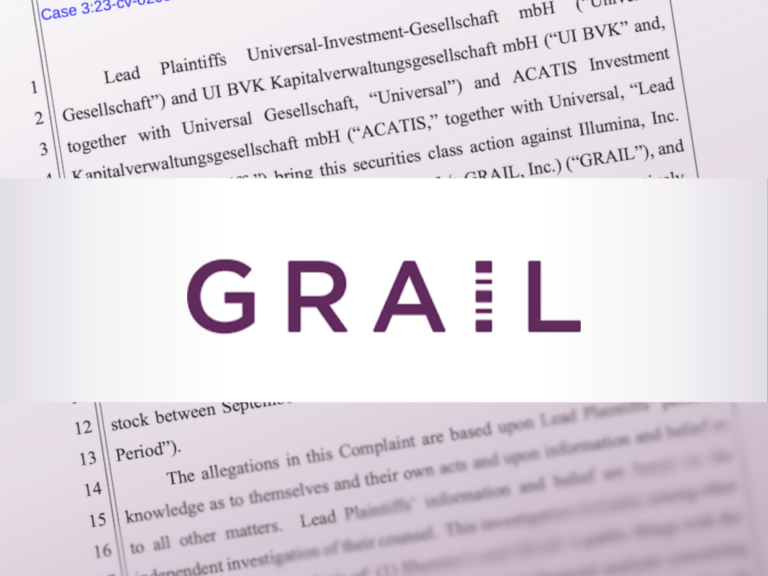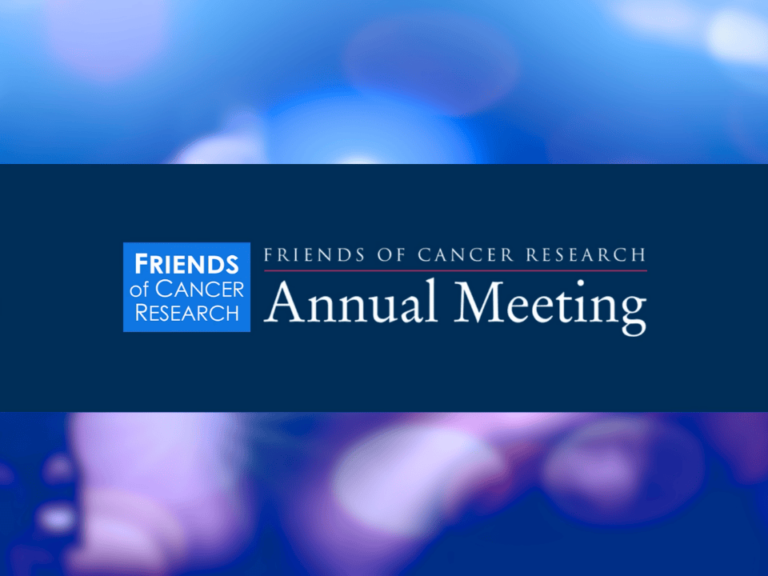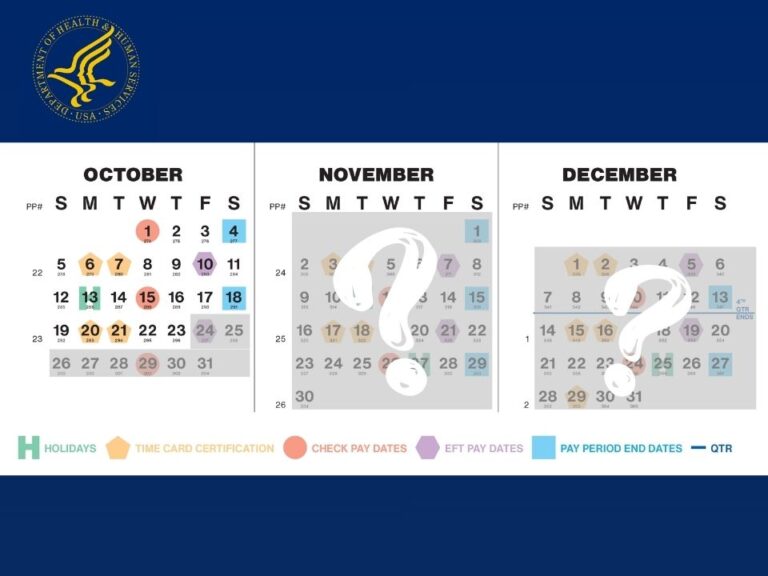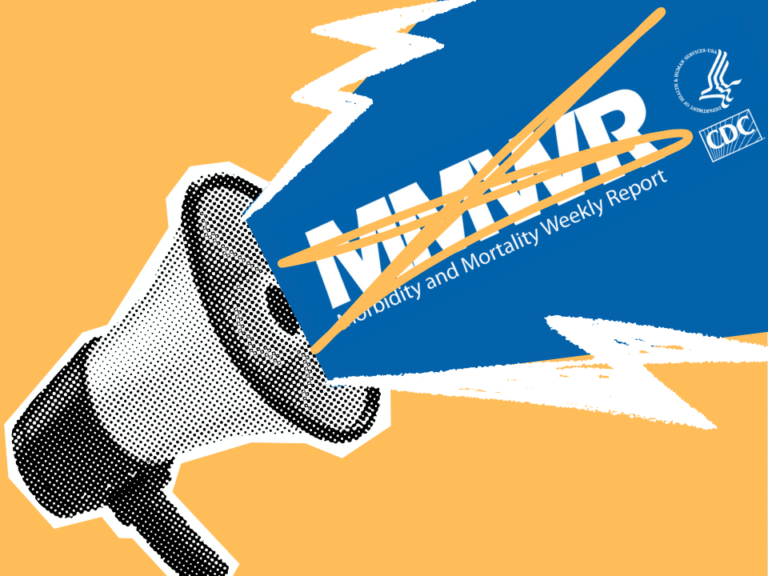Researchers at Johns Hopkins Medicine and Italy’s Catholic University of the Sacred Heart medical school have shown that copper ions combined with disulfiram (DSF), a drug used for nearly 70 years as a treatment for alcoholism, may help kill and prevent the growth of medulloblastoma cancer cells in children.
The prospective therapy is described in a Johns Hopkins-led study published in PLOS ONE.
Led by Riccardo Serra, a postdoctoral fellow at JHU and a neurosurgery resident at the University of Maryland, researchers tested the anticancer activity of DSF-Cu++ and attempted to define what it targeted at the molecular level to achieve these effects—both in cell cultures and mice.
The researchers found that DSF-Cu++ blocks two biological pathways in medulloblastomas that the cancer cells need to remove proteins threatening their survival. They also discovered that DSF-Cu++ not only kills medulloblastoma cells, but also curtails tumorigenesis.
A third finding from the study revealed that DSF-CU++ impairs the ability of medulloblastoma cells to repair damage to their DNA, thereby enhancing the cytotoxic power of the treatment.
Finally, the researchers tested the impact that combining DSF and copper had on survival rates of mice whose brains were implanted with two subtypes of medulloblastoma. Significant increases in prolonging survival days (19% and 27%) were seen.











